Emerging healthcare needs with global health crisis, personalized medicine and point-of-care diagnostics are demanding breakthrough developments in biosensing and bioanalytical tools. Current biosensors are lacking precision, bulky, and costly, as well as they require long detection times, sophisticated infrastructure and trained personnel, which limit their applications. My laboratory is focused on to address these challenges by exploiting novel optical phenomena at nanoscale and engineering toolkits such as nanophotonics, nanofabrication, microfluidics and data science. In particular, we use photonic nanostructures based on plasmonic and dielectric metasurfaces that can confine light below the fundamental diffraction limit and generate strong electromagnetic fields in nanometric volumes for new device functionalities. We develop new nanofabrication procedures that can enable high-throughput and low-cost manufacturing of nanophotonic biochips. We integrate our sensors with microfluidics for efficient analyte control. We combine smart data science methods with bioimaging and biosensing architectures to achieve unprecedented performance. In this talk I will present some of our recent work [1-15]. For example, I will introduce ultra-sensitive Mid-IR biosensors based on surface enhanced infrared spectroscopy for chemical specific detection of molecules, large-area chemical imaging and real-time monitoring of protein conformations in aqueous environment. I will describe portable, rapid and low-cost microarrays and their use for early disease diagnostics in real-world settings. I will also describe optofluidic biosensors that can perform one-of-a-kind measurements on live cells down to the single cell level, and provide their overall prospects in biomedical and clinical applications.
References:
[1] Leitis et al. “Wafer-Scale Functional Metasurfaces for Mid-Infrared Photonics and Biosensing”, Advanced Materials, Vol. 33, 2102232 (2021).
[2] Cachot et al. “Tumor-Specific Cytolytic CD4 T Cells Mediate Immunity Against Human Cancer”, Science Advances, Vol. 7, eabe3348, (2021).
[3] John-Herpin et al. “Infrared Metasurface Augmented by Deep Learning for Monitoring Dynamics between All Major Classes of Biomolecules”, Advanced Materials, Vol. 33, 2006054 (2021)
[4] Jahani et al. “Imaging-Based Spectrometer-less Optofluidic Biosensor Based on Dielectric Metasurfaces for Detecting Extracellular Vesicles”, Nature Communications, Vol. 12, 3246 (2021).
[5] Tseng et al. “Dielectric Metasurfaces Enabling Advanced Optical Biosensors”, ACS Photonics, Vol. 8, p. 47-60, (2021).
[6] Oh and Altug “Performance Metrics and Enabling Technologies for Nanoplasmonic Biosensors”, Nature Communications Vol. 9, p. 5263 (2018).
[7] Beluskin et al. “Rapid and digital detection of inflammatory biomarkers enabled by a novel portable nanoplasmonic imager” Small Vol. 16, 1906108 (2020).
[8] Yesilkoy et al. “Ultrasensitive Hyperspectral Sensing Based on High-Q Dielectric Metasurfaces”, Nature Photonics Vol. 13 p. 390-396 (2019).
[9] Gupta et al. “Self-assembly of nanostructured glass metasurfaces via templated fluid instabilities” Nature Nanotechnology Vol. 14, p. 320-327 (2019).
[10] Mohammadi et al. “Accesible superchiral near-fields driven by tailored electric and magnetic resonances in all-dielectric nanostructures” ACS Photonics Vol. 6, p. 1939-1946 (2019).
[11] Tittl et al. “Imaging-Based Molecular Barcoding with Pixelated Dielectric Metasurfaces”, Science Vol. 360, p. 1105-1109 (2018).
[12] Etezadi et al. “Real-Time in-Situ Secondary Structure Analysis of Protein Monolayer with Mid-Infrared Plasmonic Nanoantennas”, ACS Sensors Vol. 3, p. 1109-1117 (2018).
[13] Li et al. “Label‐Free Optofluidic Nanobiosensor Enables Real‐Time Analysis of Single‐Cell Cytokine Secretion”, Small Vol. 14, 1870119 (2018).
[14] Soler et al. “Two-Dimensional Label-Free Affinity Analysis of Tumor Specific CD8 T Cells with a Biomimetic Plasmonic Sensor”, ACS Sensors Vol. 3, p. 2286-2295 (2018).
[15] Rodrigo et al. “Mid-Infrared Plasmonic Biosensing with Graphene” Science Vol 349, p. 165-168 (2015).
 Tuan Vo-Dinh
Tuan Vo-Dinh
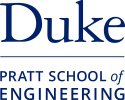
 Sally A. Kornbluth
Sally A. Kornbluth Jerome Lynch
Jerome Lynch Andrea Ghez
Andrea Ghez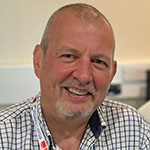 Duncan Graham
Duncan Graham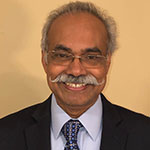 Thomas Thundat
Thomas Thundat Hatice Altug
Hatice Altug Joerg Bewersdorf
Joerg Bewersdorf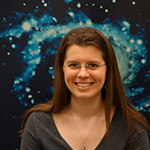 Anna Frebel
Anna Frebel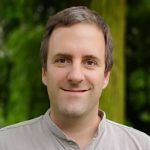 Sylvain Gigan
Sylvain Gigan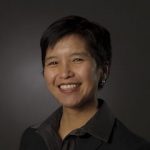 Kimberly Hamad-Schifferli
Kimberly Hamad-Schifferli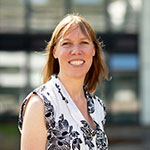
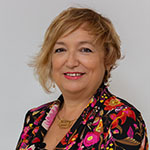 Laura M. Lechuga
Laura M. Lechuga Dan Oron
Dan Oron Feryal Özel
Feryal Özel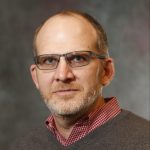 Zachary Schultz
Zachary Schultz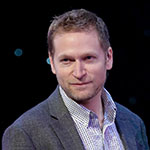 Raphael C. Pooser
Raphael C. Pooser Alberto Bartesaghi
Alberto Bartesaghi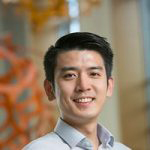 Po-Chun Hsu
Po-Chun Hsu Jessilyn Dunn
Jessilyn Dunn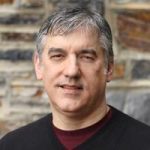 Christopher R. Monroe
Christopher R. Monroe Christoph Schmidt
Christoph Schmidt Daniel Scolnic
Daniel Scolnic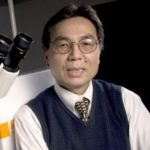 Tuan Vo-Dinh
Tuan Vo-Dinh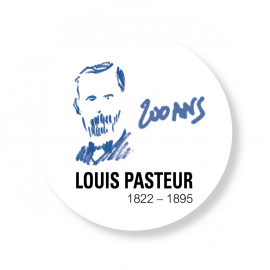
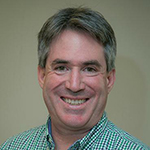 Christopher Walter
Christopher Walter Natalia Litchinitser
Natalia Litchinitser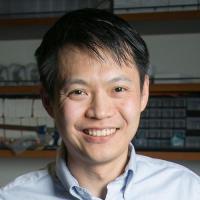 Yiyang Gong
Yiyang Gong